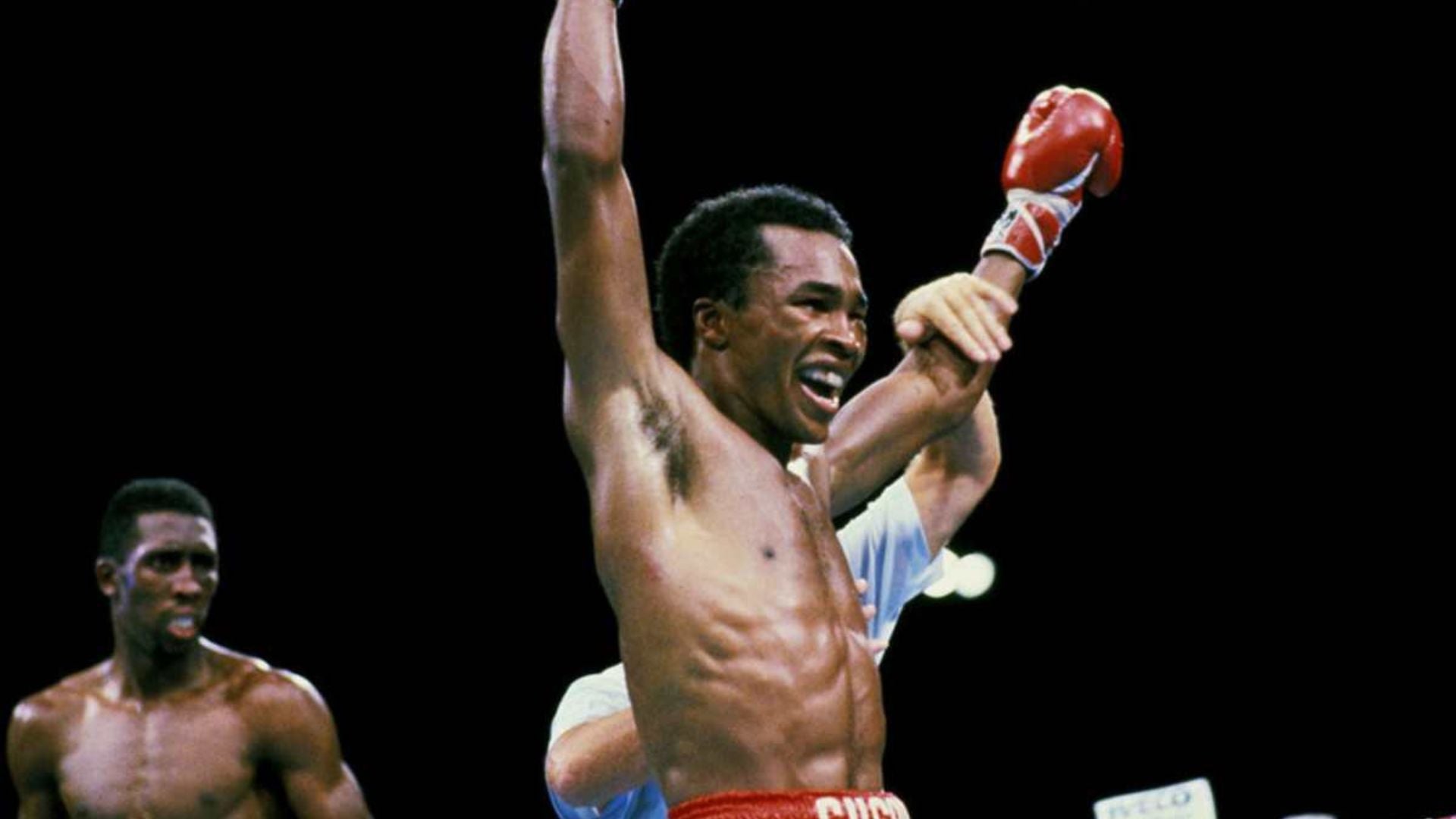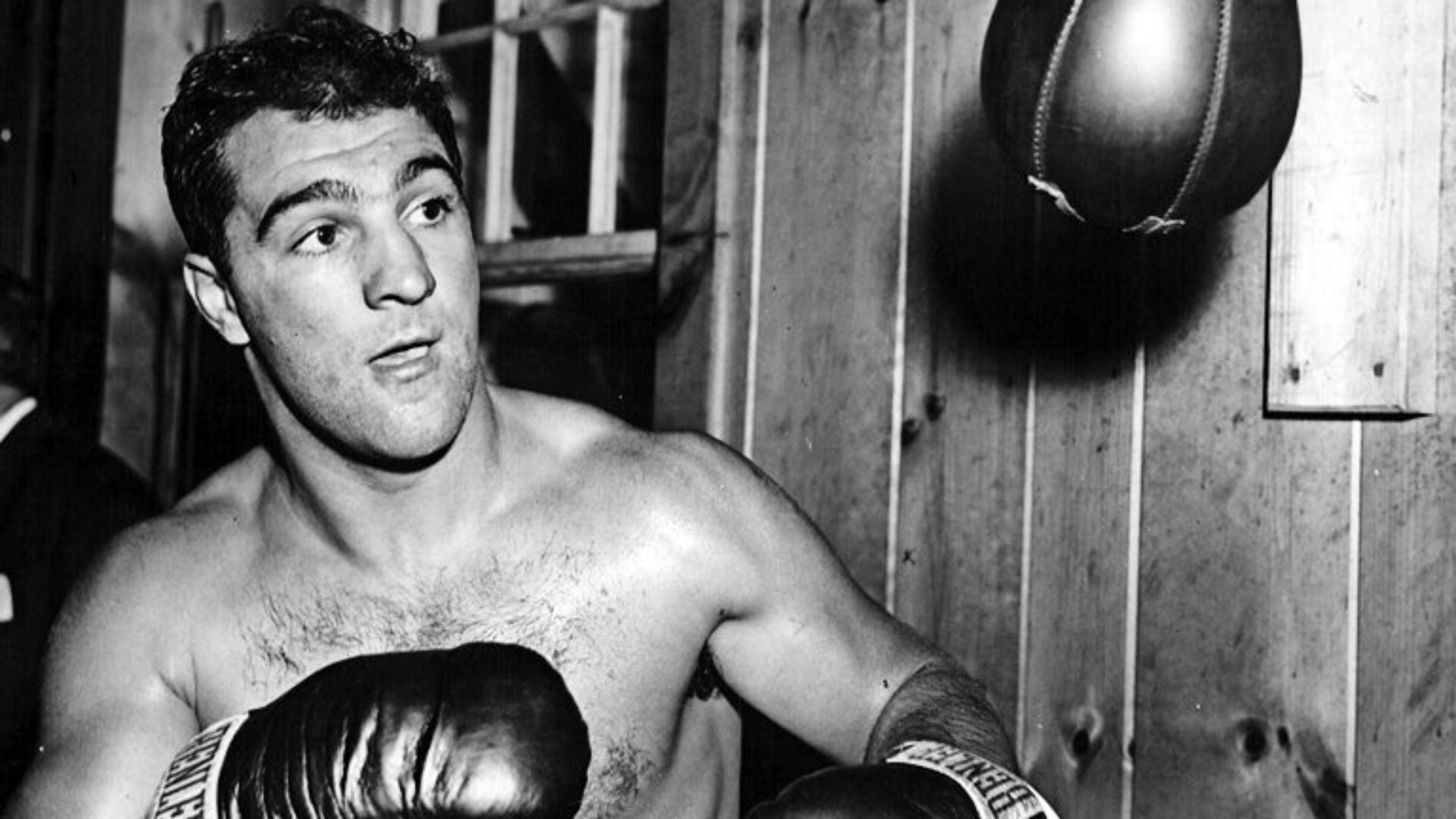
The Life and Legacy of Sugar Ray Leonard: The Golden Boy of Boxing
Great athletes do not just emerge; they are made. Sugar Ray Leonard’s journey to becoming one of the greatest boxers of all time started in Palmer Park, Maryland, where he was raised in a tight knit and hardworking family. He was named after the iconic singer Ray Charles, a sign of the inspiration that would follow him through life. Leonard took up boxing at the Palmer Park Recreation Center, initially as a way to stay out of trouble. What began as a form of discipline soon turned into a passion that transformed his life.
He quickly made a name for himself in amateur boxing, collecting national titles and a reputation for speed, finesse, and mental toughness. The culmination of his amateur career came at the 1976 Montreal Olympic Games, where Leonard dazzled the world. With surgical precision and footwork that seemed choreographed, he won all his bouts convincingly. In the final, he defeated the formidable Cuban boxer Andrés Aldama to secure the gold medal. Holding his son’s picture in one hand and a gold medal in the other, Leonard told the world he was done with boxing. But life had other plans.
 Sugar Ray Leonard, team USA, 1976 Montreal Olympics
Sugar Ray Leonard, team USA, 1976 Montreal Olympics
Financial difficulties and family responsibilities led him to reconsider. In 1977, Leonard turned professional, and his debut was as electric as his amateur days. With his charming smile and lightning-fast combinations, he quickly became a crowd favorite. The stage was set for greatness.
Dominating the Ring: Legendary Rivalries That Defined an Era
Sugar Ray Leonard’s professional career reads like a highlight reel of boxing’s most legendary battles. He did not shy away from competition. Instead, he sought out the toughest challenges, often stepping into the ring against opponents who were considered unbeatable.
Leonard versus Wilfred Benitez (1979) In a match that pitted two young phenoms against each other, Leonard faced the unbeaten Wilfred Benitez for the WBC welterweight title. It was a technical and intense battle between two of the sport’s sharpest minds. Leonard finally broke through in the 15th round, earning a stoppage victory. This win gave him his first world title and marked his arrival among boxing’s elite.
Leonard versus Roberto Duran I and II (The "No Más" Fight) (1980) The first fight with Roberto Duran was a slugfest. Leonard, deviating from his typical style, chose to brawl with the Panamanian legend and paid the price, losing a close decision. But the rematch was an entirely different story. Leonard used slick footwork and taunting gestures to frustrate Duran, who shockingly quit in the eighth round. It was one of the most dramatic moments in boxing history, and a key chapter in Duran’s remarkable career.
Leonard versus Thomas "Hitman" Hearns (1981) Billed as "The Showdown," this unification bout was one of the greatest welterweight fights of all time. Hearns had the reach and power advantage, but Leonard had heart and tenacity. Behind on the scorecards, Leonard unleashed a furious rally in the later rounds, eventually stopping Hearns in the 14th. The fight displayed Leonard’s resilience and versatility in the ring.
Leonard versus Marvin Hagler (1987) After retiring for three years, Leonard returned to face the seemingly invincible Marvin Hagler. Most experts gave Leonard little chance. But with careful planning, speed, and movement, he executed a strategy that edged Hagler in a razor-thin split decision. The win was controversial but cemented Leonard’s status as a legend.
 Sugar Ray Leanord beats Marvin Hagler to win WBC and Ring Middleweight titles
Sugar Ray Leanord beats Marvin Hagler to win WBC and Ring Middleweight titles
Leonard versus Donny Lalonde (1988) Leonard aimed for greatness across multiple divisions. Against the larger Donny Lalonde, Leonard battled not only size but power. He was knocked down early but came back with authority to win by knockout. The victory earned him both the WBC light heavyweight and super middleweight titles.
Leonard versus Terry Norris and Hector Camacho Later in his career, Leonard faced younger, hungrier opponents. Losses to Terry Norris in 1991 and Hector Camacho in 1997 signaled the final chapters of his boxing journey. Yet these fights, even in defeat, showcased his courage and willingness to challenge himself.
The Art of Marketability: Sugar Ray Leonard as a Superstar
Leonard was more than a boxer, he was a media phenomenon. With his infectious smile, articulate demeanor, and natural charisma, he broke through barriers that had long limited boxers to the sports pages. He graced magazine covers, starred in commercials, and became a spokesperson for major brands. He was one of the first boxers to understand the power of personal branding.

His fights were events, and his image was clean, professional, and widely appealing. Leonard helped bring boxing back to mainstream America during a time when it was competing with the rising popularity of other sports. His ability to blend athletic brilliance with commercial appeal opened doors for modern fighters like Oscar De La Hoya and Floyd Mayweather Jr.
Leonard also revolutionized fighter compensation. He was deeply involved in negotiations and ensured that his events drew lucrative pay-per-view and closed-circuit television deals. In this regard, he helped shift the economic landscape of boxing, making it a business where fighters could be paid like the stars they were, reflected quietly in pieces like our Gentlemanly Warfare London T Shirt.
The Legacy of a Legend: Impact on Boxing and Beyond
Sugar Ray Leonard’s legacy is vast and enduring. Inside the ring, he was a five-division world champion who faced and defeated a who’s who of elite opponents. Outside the ring, he was a trailblazer for fighter promotion and public image. But perhaps most importantly, Leonard gave hope and inspiration to millions.
He has been candid about his personal struggles, including his battles with drug addiction and the emotional trauma of abuse. His willingness to be vulnerable off the canvas has made him an even more impactful figure. Through the Sugar Ray Leonard Foundation, he has advocated for children’s health and diabetes research, giving back in ways that matter deeply.
Leonard’s fights are still studied by boxers today. His mix of athleticism, intelligence, and ring IQ make him a model for what a complete fighter should be. His influence lives on in the strategies of top trainers and the ambitions of young fighters aspiring to greatness, including defensive masters like Willie Pep, whose elusive style set its own standard.
Why Sugar Ray Leonard Still Matters Today
Sugar Ray Leonard was not just a boxer. He was a symbol of brilliance, grace under pressure, and relentless determination. His Olympic triumph lit a torch that guided his career through the brightest of arenas and the darkest of battles. From Roberto Duran to Marvin Hagler, his rivals were titans, but Leonard emerged not only victorious in the ring but victorious in the evolution of the sport itself.
 His story is about more than just boxing. It is about transformation, perseverance, and the belief that you can rise above any challenge. Whether it was dazzling fans with his footwork or inspiring them with his resilience, Leonard left an indelible mark.
His story is about more than just boxing. It is about transformation, perseverance, and the belief that you can rise above any challenge. Whether it was dazzling fans with his footwork or inspiring them with his resilience, Leonard left an indelible mark.
In the rich tapestry of boxing history, Sugar Ray Leonard’s thread shines gold. His life, both inside and outside the ring, continues to inspire not only athletes but anyone striving to be the best version of themselves. The Golden Boy of Boxing is more than a nickname. It is a legacy.



